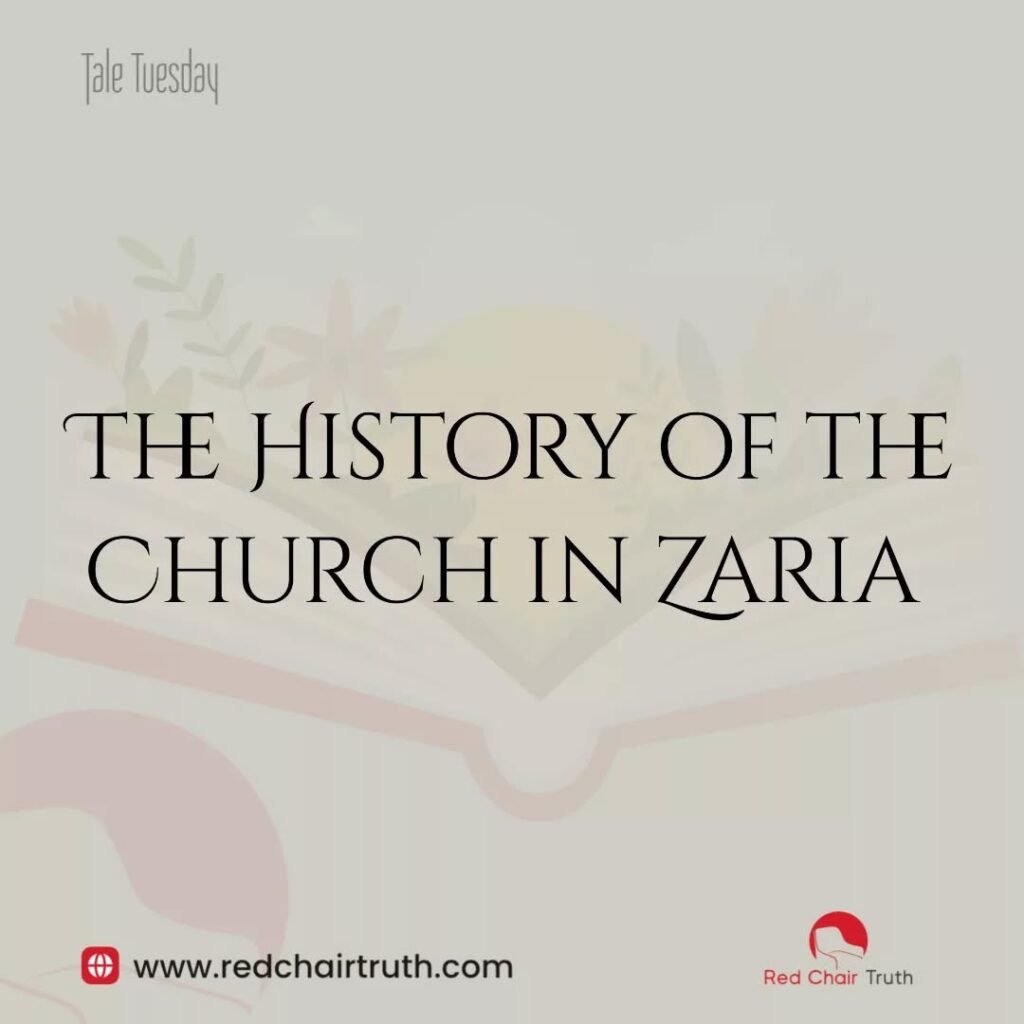Establishment of the Protectorate of Northern Nigeria
On January 1, 1900, the Union Jack was hoisted at Lokoja, and the Protectorate of Northern Nigeria came into existence with Frederick Lugard as the first high commissioner. After the subjugation of the emirates, the British authorities allayed the fears of the rulers of any interference with their practice of Islam. Lord Lugard preferred that the Missionaries restrict themselves to pagan areas, where they were “much more likely to have greater Success.” This meant that the missionaries were not allowed to advance to Muslim territories, except they were invited by the emirs. But it was clear that the emirs would never “invite” Christian missionaries to proselytize in their emirates.
Early Missionary Efforts and the Hausa Church in Zaria
The only exception to this exclusion of missionaries from the emirates was the “Hausa Church” in Zaria. The ChurchMissionary Society (CMS) missionary was sent packing from Kano in 1900 and moved further south to Loko on January 14, 1901. Walter R. Miller, who was to become an arrowhead of missionary work in northern Nigeria was not satisfied with this new position. In 1901, he returned to Zaria on the invitation of the emir.
Eventually, he became the leader of the CMS in Hausaland. For about thirty years, Miller’s work in Zaria was the only Christian missionary effort allowed in the Hausa emirates. Miller was one of those responsible for reducing the Hausa language to writing. He also translated the whole Bible into Hausa. Miller moved into Zaria in 1905. At the beginning of the CMS work in Zaria, weekly evangelistic meetings were organized in the house of friendly mallams. In April 1907, Miller recorded the baptism of two Hausas” -Mallam Fate and Mallam Audu. Miller wrote during this period, “Many are beginning to seek after God, many are convinced, but dread what it involves to be a Christian.”
The Rise of the Isawa Movement
A major development took place in the Zaria Mission in 1913- the coming of the representatives of the Isawa or Ansa. The Isawa (followers of Jesus) were followers of the teachings of Mallam Ibrahim who lived in Kano in the latter part of the nineteenth century. While studying the Quran, Mallam Ibrahim took special note of the references to Jesus (Isa). According to him, “I determined to make a careful study right through the Koran and collect all references to the Prophet Jesus. Who is this of whom our own prophet writes?
Mallam Ibrahim’s Revelation and Martyrdom
Can this be a man like the others mentioned in our sacred book? Is this not greater than all, greater than even Mohammed himself?” He thereafter concluded that Jesus was supreme to all the prophets, including Mohammed and also fervently preached the second coming of Christ. When he presented his views to the emir, he was asked to recant them, but he refused.
He was subsequently executed upon a stake. Before his death, he also prophesied that God would reveal the true faith to them sometime in the future. They were persecuted after Mallam Ibrahim’s death, but the man who succeeded Ibrahim -Yahaya -also prophesied that strangers from the West would bring knowledge of the truth about the “Prophet Jesus.” Interestingly, the Isawa remained Muslim, but regarded Jesus above all other prophets and sometimes prayed in His Name.
Fulfillment of the Prophecy — The Isawa Encounter the Gospel
In 1913, two of the Isawa heard Christians from the Zaria Mission talking about Jesus Christ. They followed them to the mission compound. They told the Zaria Christians about other Isawas who were awaiting the teaching of Jesus as prophesied by Ibrahim and Yahaya. The Zaria Christians followed this up by moving out to engage the Isawa with the gospel, to which they responded positively. Steps were thereafter taken to bring them together to form a Christian community. Approval for a land was obtained, and 115 people moved to Gimi near Zaria where they established a new community.
Date: 9th August 2022
Title: The History Of The Church In Zaria
Source: A Heritage of Faith: A History of Christianity in Nigeria
Author: Ayodeji Abodunde
